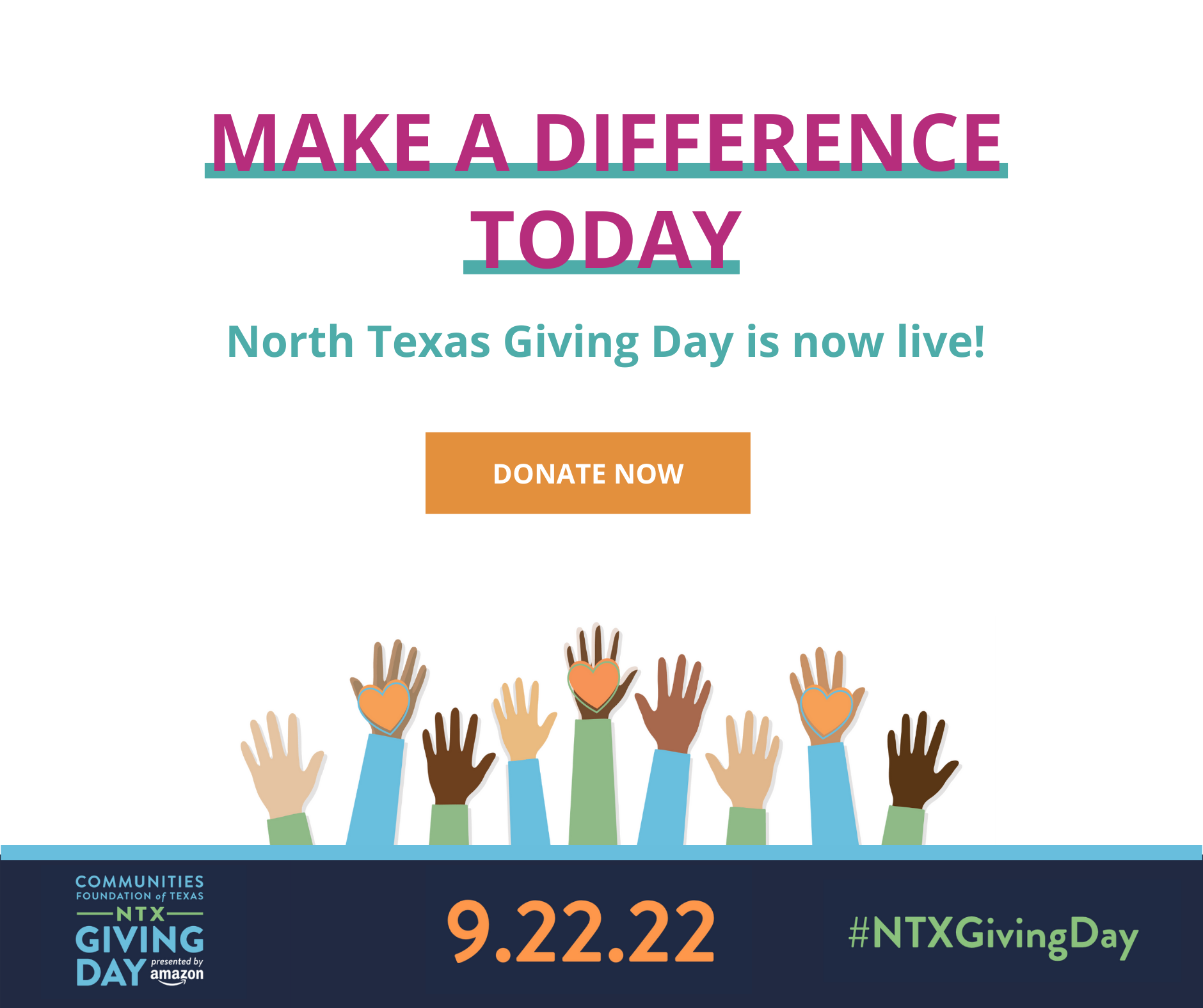We pulled together this month’s 9 most noteworthy child welfare research articles for you. Read them all here and take action today!
“The Annie E. Casey Foundation has released the 2021 Kids Count Data Book. This annual report with state rankings presents a comprehensive picture of child well-being before and during the COVID-19 pandemic. It identifies multiyear trends — comparing statistics from 2010 to 2019. In addition, the report shares data on how families endured throughout the pandemic. The report is accompanied by state data profiles for all 50 states plus the District of Columbia and Puerto Rico.” Texas-specific data can be found here.

TexProtects Takeaway: Texas continues to rank near the bottom – number 46 among all states – in child health and well-being. We are number 49 when it comes to child health! With one in every ten American children living in Texas, we must do so much more to ensure that kids count when decisions are made regarding policy, investments, and strategies. A strong Texas tomorrow is dependent upon our investment in children today.
2. Number Story (ACE Resource Network)
This newly developed website by the ACE Resource Network offers a detailed explanation of Adverse Childhood Experiences – how they affect our lives, why we should care about them, the science behind their impact, and opportunities for prevention or healing, including those being piloted by leading healthcare providers and medical professionals in the field.

TexProtects Takeaway: Do you know your number? Positive and negative early childhood experiences affect our biology, behavior, and health and understanding why and how is critical! We LOVE this resource for the way it makes this robust and impactful science easy to understand and for its focus on how you can help create healing and resilience for yourself, your children, and your community. Check it out!
3. Moving Upstream: Confronting Racism to Open Up Children’s Potential (Center on the Developing Child at Harvard University)
“To document the cumulative childhood risk of different levels of involvement with the child protection system (CPS), including terminations of parental rights (TPRs)”, the authors of this article “linked vital records for California’s 1999 birth cohort (n = 519 248) to CPS records from 1999 to “The scientific evidence is clear and growing: racism imposes unique and substantial stressors on the daily lives of families raising young children of color. Understanding how these stressors affect child health and development provides a compelling framework for new ideas about how communities, policies, programs, and funding streams might confront and dismantle these inequities and build a stronger future for us all. This new brief discusses how racism creates conditions that harm the well-being of children and families, and the need to go “upstream” and create policy solutions to address the source of structural, cultural, and interpersonal forms of racism.”

TexProtects Takeaway: Once again, the answers are upstream! Reducing cultural racism, investing in place based interventions, and increasing economic supports are just a few of the recommendations included here that would provide meaningful focus and impact on reducing the impact of racism on our families of color.
4. Child Poverty Increased Nationally During COVID, Especially Among Latino and Black Children (Child Trends)
“Child poverty rates have increased during the COVID-19 pandemic, particularly among Latino and Black children and among children in female-headed families, according to a new Child Trends analysis of recently released national data from the Current Population Survey. These newly released data provide a first nationally representative look at how the pandemic has changed child poverty. We find that child poverty increased by an average of 1.8 percentage points—from 15.7 percent in 2019 to 17.5 percent in 2020—based on families’ reports in 2020 and 2021. This translates to roughly 12.5 million children living in poverty in 2020, or 1.2 million more than in 2019.”

TexProtects Takeaway: The pandemic has not only reversed what was a downward trend in child poverty but it has increased disparities based by race/ethnicity and family structure. However, the changes to the Child Tax Credit implemented through the Federal American Rescue Plan have the potential to dramatically decrease child poverty (45% reduction in Texas according to research at Columbia University) and minimize the disparities in poverty according to race/ethnicity.
5. Millions of Young People are Struggling to Meet Basic Needs during COVID-19, with Large Racial Disparities (Chapin Hall at University of Chicago)
This report — part of the first phase of the Expanding Evidence on Replicable Recovery and “Researchers at Chapin Hall at the University of Chicago and Howard University conducted a study to examine previously untold stories of the pandemic among young people. They focused particularly on food and housing insecurity, mental health, and the racial dimensions of those adversities. The researchers analyzed a large, nationally representative dataset available through the U.S. Census Bureau’s Household Pulse Survey, which has collected data over the course of the pandemic.” Findings show that young adults have experienced distressing levels of food and housing insecurity during the COVID-19 pandemic, with these challenges disproportionately affecting BIPOC youth. Given that these adversities have negative implications for young people’s healthy development and stable transitions to adulthood, the authors conclude with several recommendations for policymakers to ameliorate pandemic-related hardships.

TexProtects Takeaway: Study after study is demonstrating that not only are the effects of COVID challenges likely to outlast the physical pandemic but the impacts have been more severe and supports less accessible in populations and communities already disproportionately challenged. These adversities have important implications for young people’s healthy development and positive transitions to adulthood and demand holistic and innovative approaches to minimize barriers and increase access to resources.
6. Family-Centered Reunification in Child Welfare: A Review of Best Practices (National Quality Improvement Center on Family-Centered Reunification)
“The Quality Improvement Center on Family-Centered Reunification (QIC-R), led by The Institute for Innovation & Implementation at the University of Maryland School of Social Work in collaboration with the Children’s Bureau (CB), will work with five to seven sites to install, implement, and evaluate selected practices and interventions to support the timely, stable, and lasting reunification of families by preserving, nurturing, and strengthening parent-child relationships and supportive community connections and resources, including through meaningful engagement of birth parents, foster families, youth, alumni of foster care, and other stakeholders… The purpose of this scoping review is to provide applicants with relevant background information on the reunification interventions and best practices that could guide the design of the applicant’s intervention. This report offers an overview of the state of the research evidence about interventions designed to promote reunification and presents a catalogue of reunification programs that outlines each intervention’s: Programmatic approach, service population, level of research evidence, implementation considerations, and outcomes studied.”

TexProtects Takeaway: Children belong in families – their own, when it is safe However, in 2020, only 34% of the exits from conservatorship resulted in family reunification. Check out this evidence-based summary of interventions and programs that could improve the services we offer families and ultimately result in more families staying safely together. How many are offered in your community?
7. A Seat at the Table: Piloting Continuous Learning to Engage Fathers and Parental Relatives in Child Welfare (Office of Planning, Research & Evaluation – OPRE, University of Denver, Mathematic)
“The Fathers and Continuous Learning in Child Welfare (FCL) project used a methodology known as the Breakthrough Series Collaborative (BSC) to improve placement stability and permanency outcomes for children by engaging their fathers and paternal relatives. A BSC is a continuous learning methodology developed by the Institute for Healthcare Improvement that is used to test and spread promising practices to help organizations improve in a focused topic area (IHI 2003)… Six Improvement Teams representing five state or county child welfare agencies participated in the BSC. Throughout this BSC, each team identified, implemented, and studied a unique group of strategies to engage fathers and paternal relatives. Teams developed processes to collect, organize, and report data to gauge whether the engagement strategies were producing improvements on specified metrics. This pilot study report describes insights into the implementation of a BSC and potential strategies for increasing father and paternal relative engagement in child welfare.”

TexProtects Takeaway: Father involvement and extended family support both improve child wellbeing and increase protective factors, however many child welfare systems may be underinvesting in dads or inadvertently creating barriers to participation. Learn more about the great work around fatherhood engagement happening at the Child and Family Partnership at UT here.
8. Our Youngest Learners: Increasing Equity in Early Intervention (The Education Trust)
“Early intervention services are funded through a complex blend of federal, state, and local sources, and are part of the Individuals with Disabilities Education Act (IDEA). States have to make difficult decisions about how to fund critical IDEA services, including early intervention services, because Congress vastly underfunds IDEA. This often results in stricter eligibility requirements and other cost-saving measures that sometimes lead to a decrease in the number of children receiving services. There are several strategies states can use to address systemic racial inequities in the health and education systems in which early intervention services take place. In this report, we identify the strengths of state approaches and opportunities for increasing equity in providing early intervention services.”

TexProtects Takeaway: One significant win for Texas infants and toddlers this session, was the legislature’s increased investment in Early Childhood Intervention. Alongside this investment, promising practices include strengthening Child Find and including evidence-based comprehensive screening and referral services like Family Connects and Healthy Steps which ensure families get screened and get access to services early when the impact is greatest.
9. Our Young Too Many Babies Miss Out on Medicaid Infant Coverage, Promising Practices Point the Way for States (Georgetown University Health Policy Institute, Center for Children and Families)
“For more than 25 years, federal law has guaranteed enrollment for babies born to Medicaid beneficiary mothers, known as deemed newborn coverage, which begins at birth and continues uninterrupted through the first year of life. Policy changes in the Children’s Health Insurance Program Reauthorization Act of 2009 removed some outstanding limitations to strengthen state application of this requirement. As described by the Centers for Medicare and Medicaid Services (CMS) in a letter to states, the changes ‘effectively… means that all newborns born to women covered by Medicaid for the child’s birth are now covered as mandatory categorically needy.’” However, various challenges to maintaining infant enrollment protection have resulted in a wide variation of states’ approaches to and success in implementing the policy. This report identifies gaps in Medicaid enrollment for eligible babies born 2010-2018 and makes recommendations for how states can better implement infant EPSDT coverage through effective administration and communication between the prenatal period and children’s first birthdays.“

TexProtects Takeaway: Medicaid and CHIP provide coverage for approximately half of all births, and approximately 2/3 of Black, Native American and Hispanic infants nationwide. Having both maternal and infant coverage be continuous for one year following a birth is a major step to end disparities in maternal and infant mortality and give our children an equitable start. This legislative session, critical improvements were made by the passage of a bill to allow eligible children to remain enrolled in Medicaid insurance by reducing inaccurate mid-year eligibility reviews and extending postpartum coverage to 6 months.
Get the latest news, reports, and action items delivered right to your inbox, here.



